Global Battery Market Transformation Ahead
Published: 2025-09-09
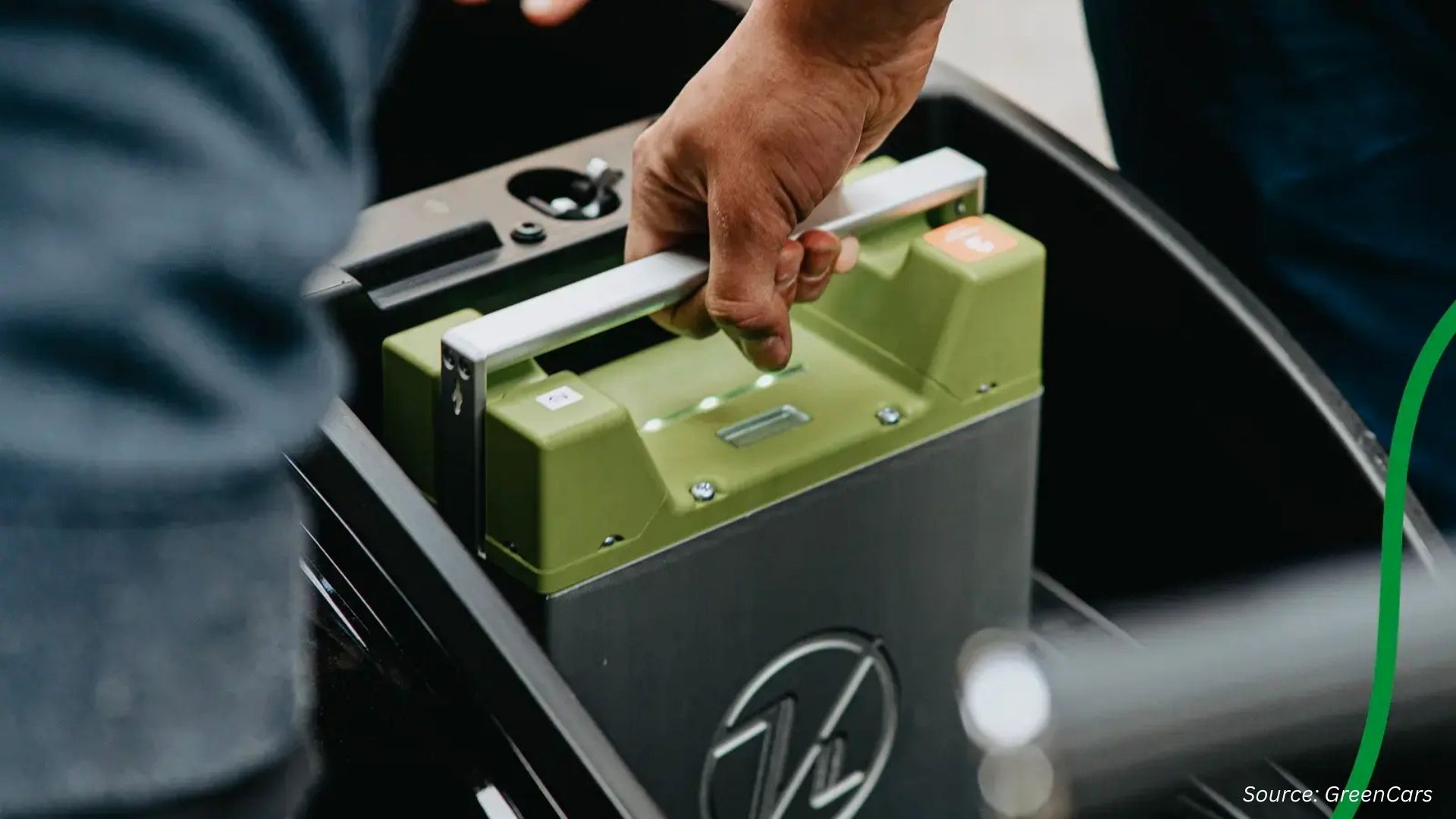
The global battery market is undergoing a transformation, driven by the dual push for clean energy reliability and electric mobility. From long-duration energy storage that supports renewable grids to fast-charging solutions for electric vehicles (EVs) and intelligent swappable units for urban mobility, 2025 marks a turning point.
Three companies—Form Energy, Yuma Energy, and CATL—are at the forefront of this shift. Their recent innovations reveal how the industry is addressing critical gaps: affordability, scalability, charging speed, and durability.
Form Energy Secures $405 Million to Advance 100-Hour Iron-Air Battery Technology
Form Energy, which is developing a longer-lasting alternative to lithium batteries, announced on Wednesday that it has secured $405 million in funding, marking a significant milestone for the company. The funding will enable Form to accelerate production at its first factory in Weirton, West Virginia, while also advancing its research and development efforts.
Form Energy’s 100-Hour Iron-Air Battery: A Scalable Alternative to Lithium
Unlike lithium batteries, which generally last only about four hours, Form Energy is developing batteries that rely on iron, water, and air to store power for up to 100 hours. If successfully scaled, this technology could cover several days without sun or wind, providing a reliable backup for renewable energy. Since iron is one of the most abundant elements on Earth, the company highlights that its approach is both cost-effective and scalable.
In partnership with Great River Energy, Form Energy began construction of its first commercial battery installation in Cambridge, Minnesota in August. Scheduled to go online in 2025, the facility will store surplus energy for use during times of higher electricity demand.
Summary:
-
Form Energy raised $405 million to boost production at its first factory in Weirton, West Virginia, and strengthen R&D.
-
Its iron-air batteries can store energy for up to 100 hours, offering a scalable and affordable alternative to lithium batteries that typically last only four hours.
-
The company has begun building its first commercial installation in Cambridge, Minnesota, expected to be operational in 2025 to support grid reliability during peak demand.
Yuma Energy Unveils Next-Gen Battery & Swapping Units
Yuma Energy, one of India’s leading and fastest-growing Battery-as-a-Service (BaaS) providers, unveiled its Next-Gen Battery and Intelligent DIY Swapping Units at the Bharat Battery Show 2025, held as part of the Bharat Mobility Global Expo 2025.
Key Features of Yuma Energy’s Next Gen Battery
-
Interoperability: Compatible with a wide range of two- and three-wheeler OEM products.
-
Smart & Swappable: Designed as a swappable battery with AIS 156 and global safety certifications.
-
Fast Charging: Built to support rapid charging for improved efficiency.
-
Durability: Equipped with an IP67 rating, ensuring resistance to dust and water.
-
IoT-Enabled: Offers real-time analytics and asset tracking for smarter energy management.
The Intelligent DIY Swapping Units are fully automated and designed for scalability. Built to comply with BIS and CE standards, they are equipped with IoT and Wi-Fi connectivity for smooth integration with Yuma Energy’s central nerve centre. An Active Thermal Management System ensures higher operational efficiency, while their IP54 rating makes them suitable for reliable outdoor use.
Summary:
-
Launched a Next-Gen swappable battery with AIS 156 certification, IP67 durability, fast charging, and IoT-enabled analytics.
-
Introduced Intelligent DIY Swapping Units, fully automated, scalable, and compliant with BIS and CE standards.
-
Features like IoT & Wi-Fi connectivity, Active Thermal Management, and IP54 outdoor rating enhance efficiency and reliability.
CATL Showcases Breakthrough EV Battery Innovations
CATL, the world’s largest battery producer, showcased several groundbreaking innovations in electric vehicle battery technology, set to impress EV manufacturers worldwide — even if the advancements don’t reach the U.S. market.
CATL unveiled three major innovations aimed at transforming the battery industry:
-
Upgraded Shenxing Battery Sets New Benchmark in Fast Charging: The first announcement was an enhanced version of CATL’s Shenxing battery, engineered to deliver greater range during ultra-fast charging. According to CATL, the upgraded battery can provide 520 kilometers (323 miles) of range with just five minutes of charging, surpassing BYD’s current benchmark of 400 kilometers (249 miles) in the same timeframe.
-
CATL Introduces Naxtra: Next-Gen Sodium-Ion Battery: Another key announcement was the launch of Naxtra, CATL’s new sodium-ion battery. Already prepared for commercialization, these cells have undergone testing in extreme hot and cold conditions. The batteries are expected to deliver a range of around 200 kilometers for hybrid vehicles and up to 500 kilometers for fully electric vehicles.
-
CATL Unveils Dual-Power Battery with 1,500km Range: CATL also introduced a dual-power battery capable of delivering up to 1,500 kilometers (932 miles) on a single charge. The company compared this innovation to a dual-engine aircraft, combining a standard fast-charging cell with an auxiliary pack to significantly boost both performance and driving range.
Summary:
-
Shenxing Upgrade: New fast-charging version delivers 520 km in 5 minutes, outpacing BYD’s 400 km benchmark.
-
Naxtra Sodium-Ion Battery: Ready for commercialization, offers 200 km for hybrids and 500 km for EVs, tested in extreme conditions.
Key Players in the Battery Market
|
Company |
Innovation Focus |
Key Features & Benefits |
|
Form Energy |
100-Hour Iron-Air Battery |
Uses iron, water, and air; 100-hour storage vs. 4 hours for lithium; cost-effective, scalable |
|
Yuma Energy |
Next-Gen Swappable Battery & DIY Units |
AIS 156 certified, IP67 durability, fast charging, IoT-enabled analytics; automated swapping units with Wi-Fi & thermal management |
|
CATL |
EV Battery Breakthroughs (Shenxing, Naxtra, Dual-Power) |
- Shenxing upgrade: 520 km in 5 mins charging |
Next Steps: What Industry Stakeholders Should Watch
-
Grid Operators: Monitor Form Energy’s Minnesota project to evaluate cost-effectiveness and reliability at scale.
-
Mobility Providers: Explore partnerships with Yuma Energy for swappable battery ecosystems in urban centers.
-
Automakers: Assess CATL’s sodium-ion and dual-power technologies as strategic alternatives to lithium-ion reliance.
-
Investors: Track how these breakthroughs influence global supply chains, especially raw materials like lithium and iron.
-
Policymakers: Consider regulatory frameworks to encourage adoption of interoperable and scalable battery solutions.
Conclusion
The battery market in 2025 is defined by transformative leaps in technology. Form Energy is making long-duration storage accessible for renewable integration. Yuma Energy is revolutionizing urban transport through swappable, smart batteries. CATL is pushing EV performance boundaries with ultra-fast charging, sodium-ion adoption, and extended ranges.
Together, these developments signal a future where energy storage is longer-lasting, smarter, and more adaptable—paving the way for sustainable growth in both power grids and mobility.
About the Author
 Karabi Sonowal is an experienced SEO Executive and Content Writer in digital marketing. She excels in SEO, content creation, and data-driven strategies that boost online visibility and engagement. Known for simplifying complex concepts, Karabi creates impactful content aligned with industry trends.
Karabi Sonowal is an experienced SEO Executive and Content Writer in digital marketing. She excels in SEO, content creation, and data-driven strategies that boost online visibility and engagement. Known for simplifying complex concepts, Karabi creates impactful content aligned with industry trends.
About the Reviewer
 Sanyukta Deb is a seasoned Content Writer and Team Leader in Digital Marketing, known for her expertise in crafting online visibility strategies and navigating the dynamic digital landscape. With a flair for developing data-driven campaigns and producing compelling, audience-focused content, she helps brands elevate their presence and deepen user engagement. Beyond her professional endeavors, she finds inspiration in creative projects and design pursuits.
Sanyukta Deb is a seasoned Content Writer and Team Leader in Digital Marketing, known for her expertise in crafting online visibility strategies and navigating the dynamic digital landscape. With a flair for developing data-driven campaigns and producing compelling, audience-focused content, she helps brands elevate their presence and deepen user engagement. Beyond her professional endeavors, she finds inspiration in creative projects and design pursuits.
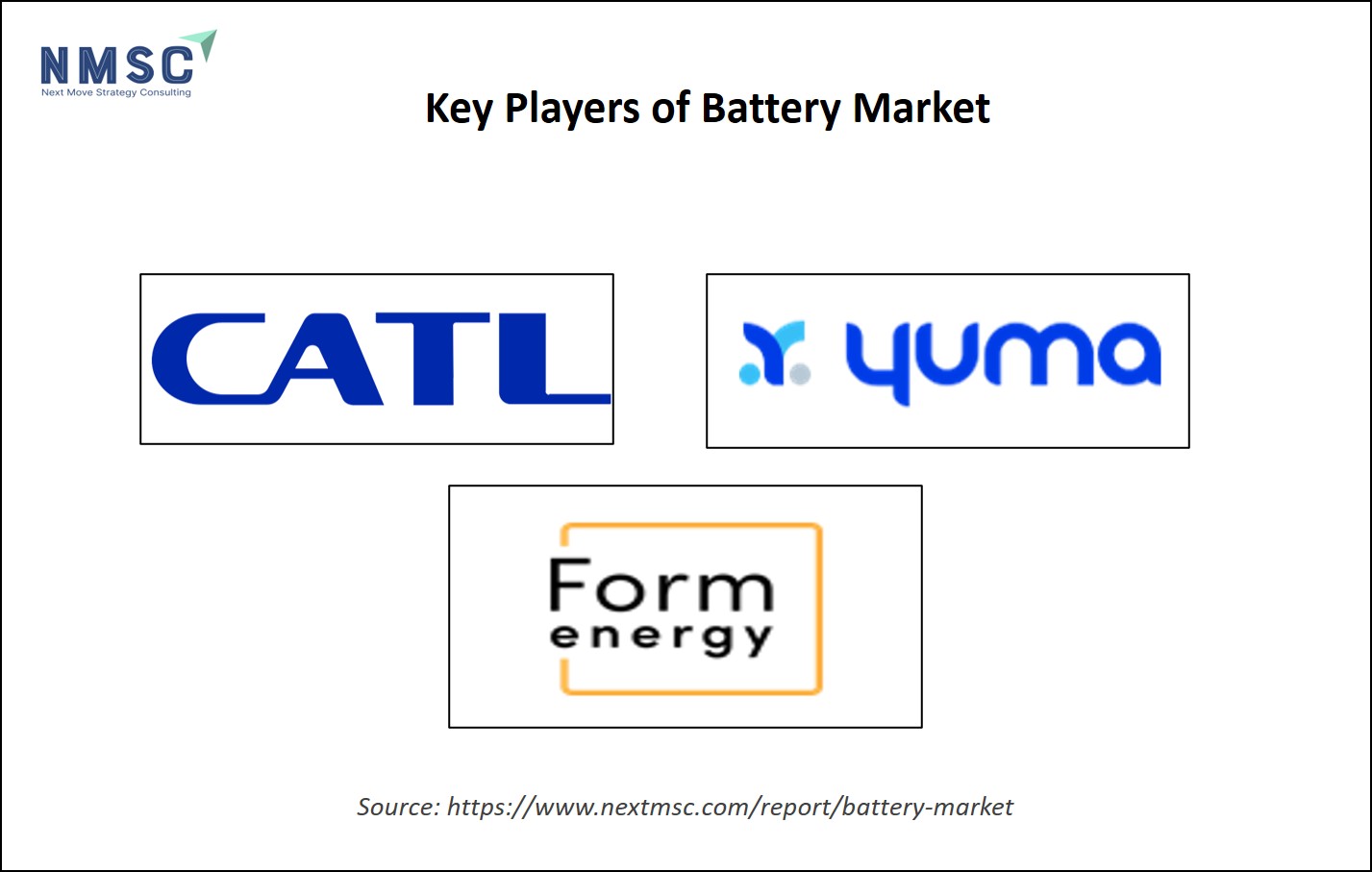








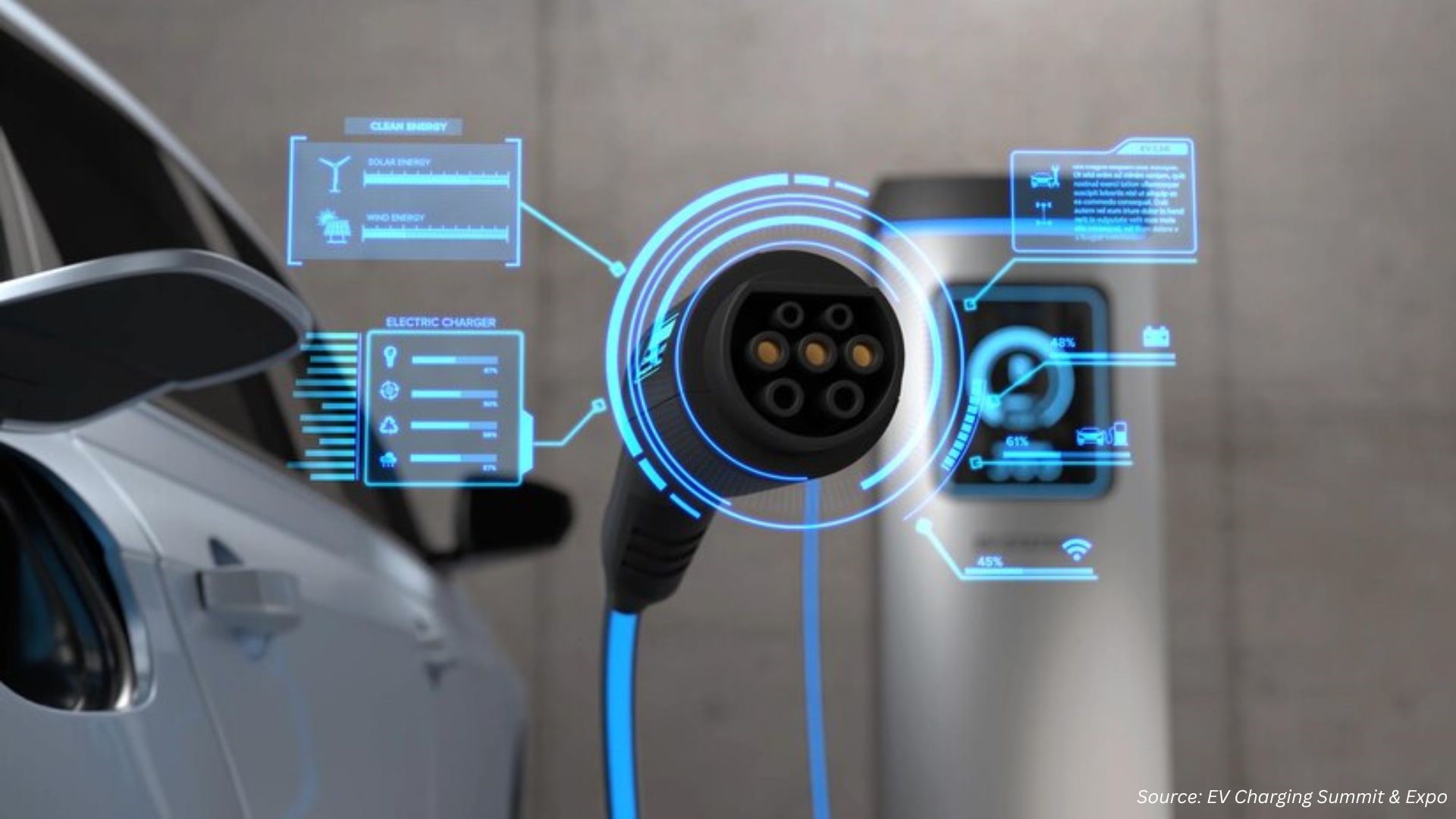

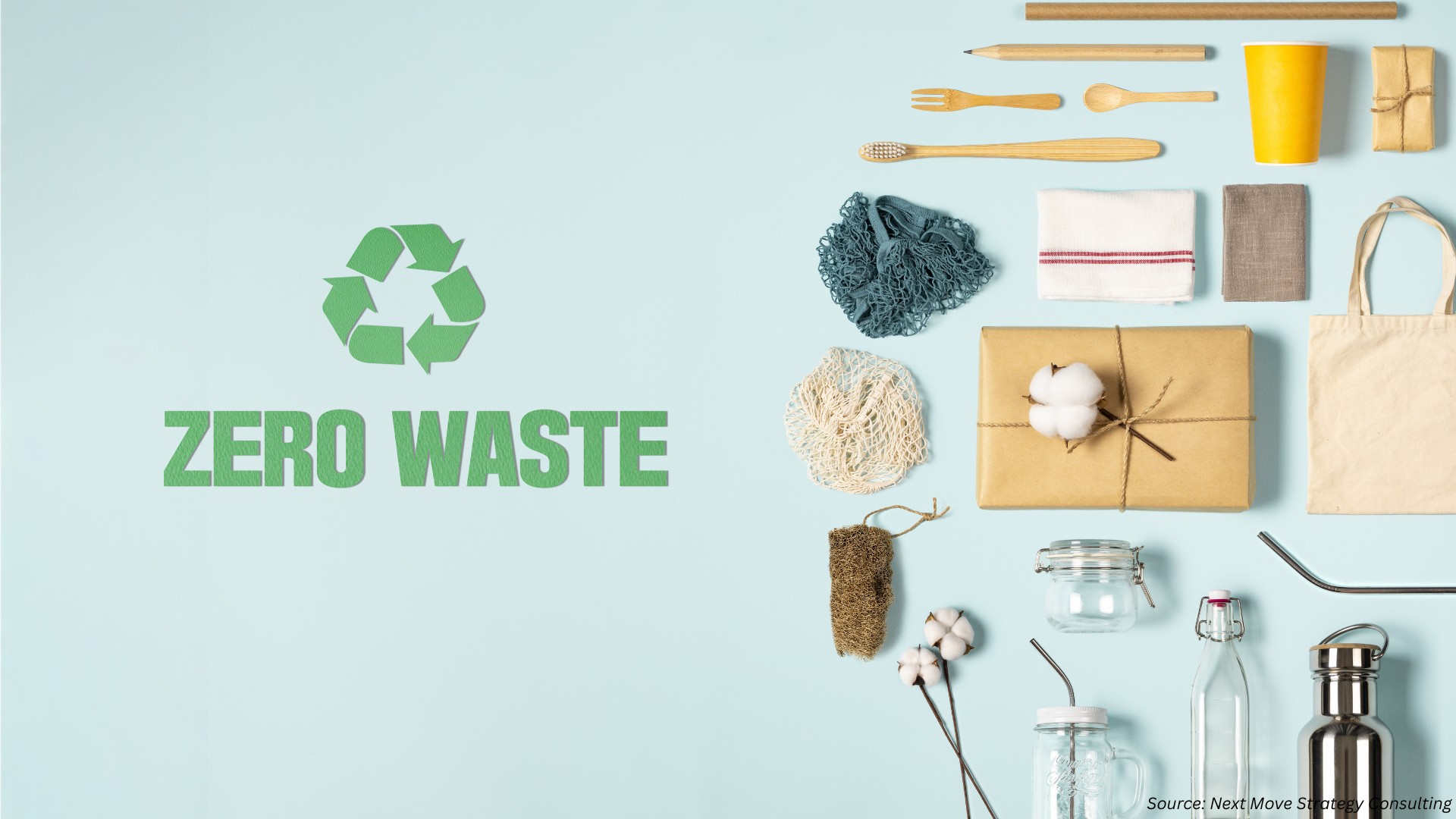
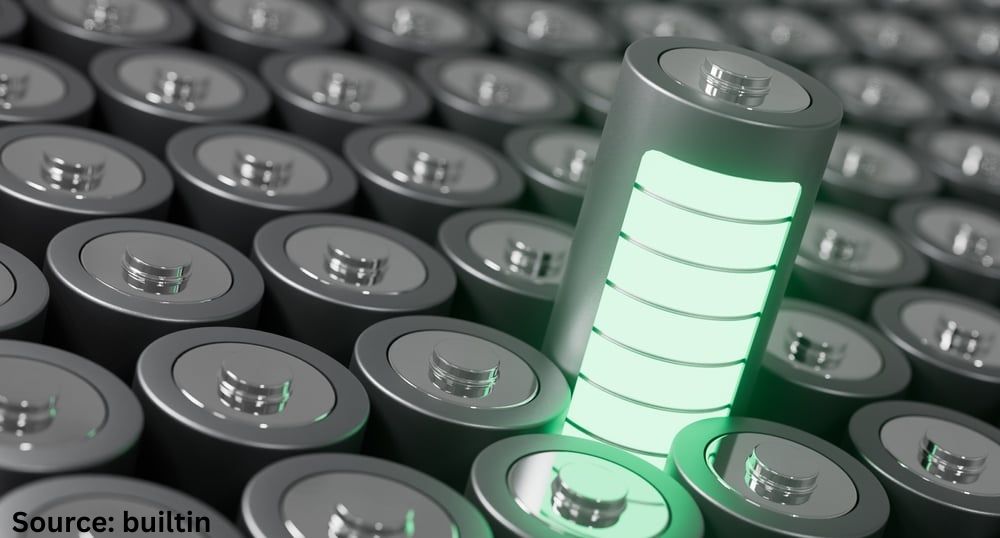




Add Comment